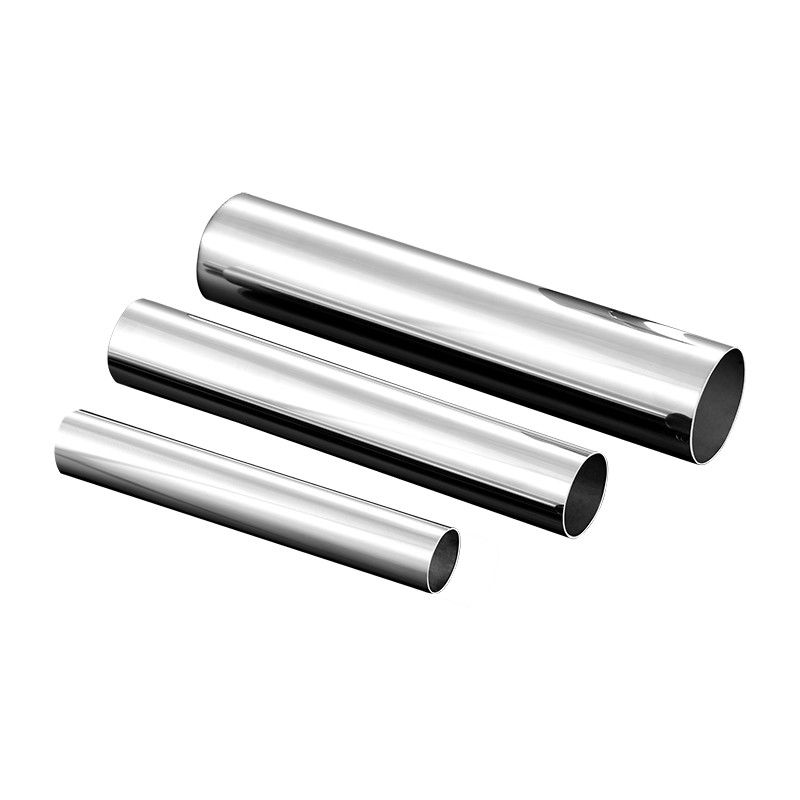Overview of China's Standards for Stainless Steel Welded Pipes
2025-07-02
Stainless steel welded pipes are integral to a wide range of industries, from construction and automotive to food processing and medical applications. In China, the standards for these pipes are set to ensure high-quality products and promote safety, efficiency, and sustainability. These standards are crucial not only for domestic manufacturing but also for global trade, as China is one of the largest producers and exporters of stainless steel products.
1. National Standards for Stainless Steel Welded Pipes in China
China’s standards for stainless steel welded pipes are primarily established by the Standardization Administration of China (SAC) and the National Standards of the People's Republic of China (GB Standards). The most important standards related to stainless steel welded pipes include:
GB/T 12771-2018: This standard provides specifications for welded stainless steel pipes used in general industries. It includes detailed requirements regarding dimensions, mechanical properties, and testing methods.
GB/T 14975-2019: It covers the specifications for welded stainless steel pipes used in the petroleum, petrochemical, and chemical industries, focusing on material grades, tolerances, and testing procedures.
GB/T 2102-2009: This standard deals with the physical and chemical properties of stainless steel used in welded pipe manufacturing, providing a comprehensive framework for pipe producers to ensure quality consistency.
GB 4237-2008: Provides the specification for stainless steel pipes used for pressure vessels and boilers, ensuring that the pipes can withstand high-pressure environments and extreme temperatures.
These national standards ensure that the pipes are manufactured with consistent quality, capable of meeting specific application requirements like pressure resistance, corrosion resistance, and high strength.
2. Material Specifications and Grades
The material specification for stainless steel welded pipes in China is based on internationally recognized stainless steel grades such as 304, 316, 321, and 430, with slight variations in composition to meet domestic needs. The GB standards provide specific guidelines on the chemical composition, mechanical properties, and testing methods for each grade. For example:
304 Stainless Steel: Known for its corrosion resistance and versatility, commonly used in food processing, pharmaceutical, and construction sectors.
316 Stainless Steel: Offers enhanced corrosion resistance, especially in marine environments or areas exposed to chlorides, commonly used in chemical and pharmaceutical industries.
321 Stainless Steel: Titanium-stabilized stainless steel, ideal for high-temperature applications like exhaust systems and heat exchangers.
The national standards ensure that each material type adheres to specified limits for elements such as chromium, nickel, and molybdenum, which directly impact corrosion resistance and mechanical strength.
3. Manufacturing Process Standards
China’s standards also lay out the proper manufacturing processes for stainless steel welded pipes. The typical process for making stainless steel welded pipes involves cold working and welding techniques. These processes are governed by standards that specify:
Forming Process: Stainless steel pipes are generally produced by methods like ERW (Electric Resistance Welding) or HF (High-Frequency) welding. The process ensures a uniform welded seam that maintains the pipe's integrity under pressure.
Welding Method: The welding process must be performed under controlled conditions to avoid defects. Standards define how the weld should be conducted, including requirements for welding rods, filler metals, and post-weld heat treatment processes.
Surface Finish: The standards also address the required surface finish, which could be matte, polished, or brushed, depending on the intended use. The surface must be free from defects like pits, cracks, and scale.
4. Testing and Quality Control
Quality control is central to China's stainless steel welded pipe standards. The following tests are generally stipulated:
Hydraulic Testing: Pipes must undergo hydraulic testing to ensure they can withstand the specified pressure. This ensures that the pipes are leak-free and structurally sound.
Dimensional and Tolerance Checks: These checks ensure that the pipes meet the required diameter, wall thickness, and length specifications.
Surface Quality Inspection: The external and internal surfaces of the pipe are inspected to ensure that they are free from imperfections such as scratches, dents, or corrosion.
Mechanical Property Tests: These tests assess the pipe’s tensile strength, yield strength, and elongation to confirm that they meet the required mechanical properties for the specific application.
Corrosion Resistance Testing: For applications in aggressive environments, the corrosion resistance of the pipe is tested to ensure longevity and durability.

5. International Alignment and Harmonization
China’s stainless steel welded pipe standards are aligned with international standards, including those set by the International Organization for Standardization (ISO) and the American Society for Testing and Materials (ASTM). While the Chinese standards incorporate global best practices, they are tailored to local manufacturing conditions, raw materials, and industry-specific needs.
For instance, the ASTM A312 and ISO 1127 are widely referenced in China for stainless steel pipes, but the domestic standards like GB/T 12771 may specify slightly different manufacturing practices to cater to local requirements, such as the use of different alloys or additional quality control steps.
6. Environmental and Sustainability Considerations
In recent years, China has put greater emphasis on sustainability and environmental responsibility in manufacturing. Standards have been updated to address the environmental impacts of stainless steel welded pipe production. These include:
Energy Efficiency: Standards require that manufacturers minimize energy consumption during the production of stainless steel pipes.
Recyclability: Stainless steel is highly recyclable, and the standards encourage the use of recycled materials in pipe production to reduce environmental impact.
Waste Management: Stringent guidelines are provided for handling waste materials, such as slag from welding processes, to minimize pollution.
Conclusion
China’s standards for stainless steel welded pipes ensure that these products meet the highest levels of quality, safety, and performance. These standards, which are regularly updated to keep pace with technological advancements and industry needs, promote consistency in manufacturing and facilitate international trade. The emphasis on quality control, material specifications, and sustainability highlights China’s commitment to producing high-quality stainless steel welded pipes that are competitive in global markets.


